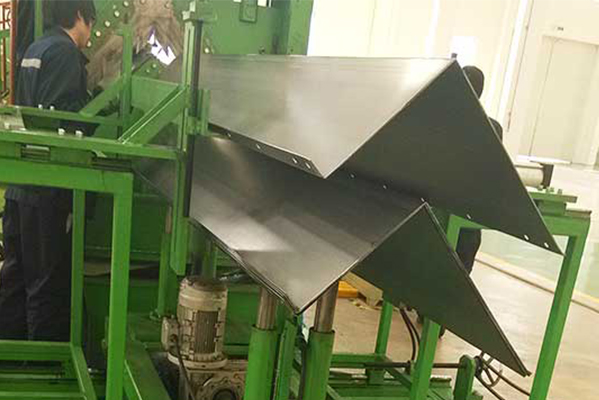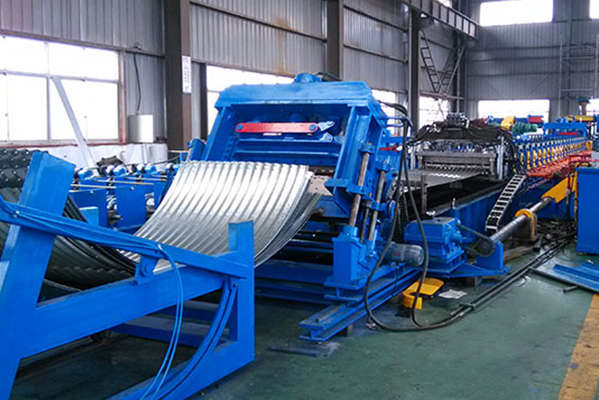Navigation Menu
Contact Us
- Email:
- info@wxavatar.com
- Address:
- Yurong Village, Yuqi Street, Huishan District, Wuxi, China.
Release Date:Oct 26, 2024 Visit:73 Source:ZCM Roll Forming Machine
The advancements in L plate roll forming machine technology have significantly impacted the automotive and construction sectors, enhancing productivity, quality, and versatility in the manufacturing process. These innovations have not only streamlined production lines but also catered to the evolving demands of both industries, ensuring efficiency and precision in the fabrication of critical components.

In the automotive sector, L plate roll forming machines have been instrumental in the production of essential parts such as structural components, roof panels, and side walls. The integration of modern control systems, such as PLC (Programmable Logic Controllers) with inverters, has enabled these machines to achieve higher accuracy and consistency in the forming process. This has translated into improved safety and reliability of automotive components, ultimately enhancing the overall performance of vehicles.
Moreover, the automotive industry has benefited from the flexibility of L plate roll forming machines. These machines can be customized to produce a wide range of profiles and thicknesses, catering to the diverse needs of car manufacturers. For instance, some models can produce trapezoidal, corrugated, or even custom-designed shapes, offering automotive engineers greater freedom in designing vehicle structures.
The construction sector has also witnessed substantial improvements thanks to L plate roll forming machine innovations. These machines are now capable of producing high-quality steel roofing tiles, wall panels, and other building materials at a faster rate. The increased production capacity has led to shorter lead times and reduced costs, making it easier for construction companies to meet tight deadlines and budget constraints.
One of the key innovations in L plate roll forming machines for the construction sector is the integration of automation technology. Automatic feeding, cutting, and stacking systems have minimized human intervention, reducing the risk of errors and enhancing productivity. Additionally, these machines are now equipped with advanced sensors and monitoring systems that provide real-time feedback on the forming process, allowing operators to make adjustments as needed.
The materials used in L plate roll forming machines have also undergone significant upgrades. High-strength, wear-resistant materials such as 45# steel chrome plated and Cr12 cutting knives ensure longer machine lifespan and reduced maintenance costs. These materials can withstand the rigorous demands of continuous forming operations, maintaining precision and quality over extended periods.
Furthermore, the after-sales service provided by manufacturers has been enhanced to support customers in the automotive and construction sectors. Online support, video technical support, and the availability of engineers to service machinery overseas have made it easier for companies to maintain their machines and troubleshoot issues. This comprehensive support system has contributed to the overall reliability and satisfaction with L plate roll forming machines.

In conclusion, the innovations in L plate roll forming machines have had a profound impact on the automotive and construction sectors. By enhancing productivity, quality, and versatility, these machines have enabled manufacturers to meet the evolving demands of their industries. As technology continues to advance, we can expect even greater improvements in the performance and capabilities of L plate roll forming machines, further driving the growth and development of the automotive and construction sectors.